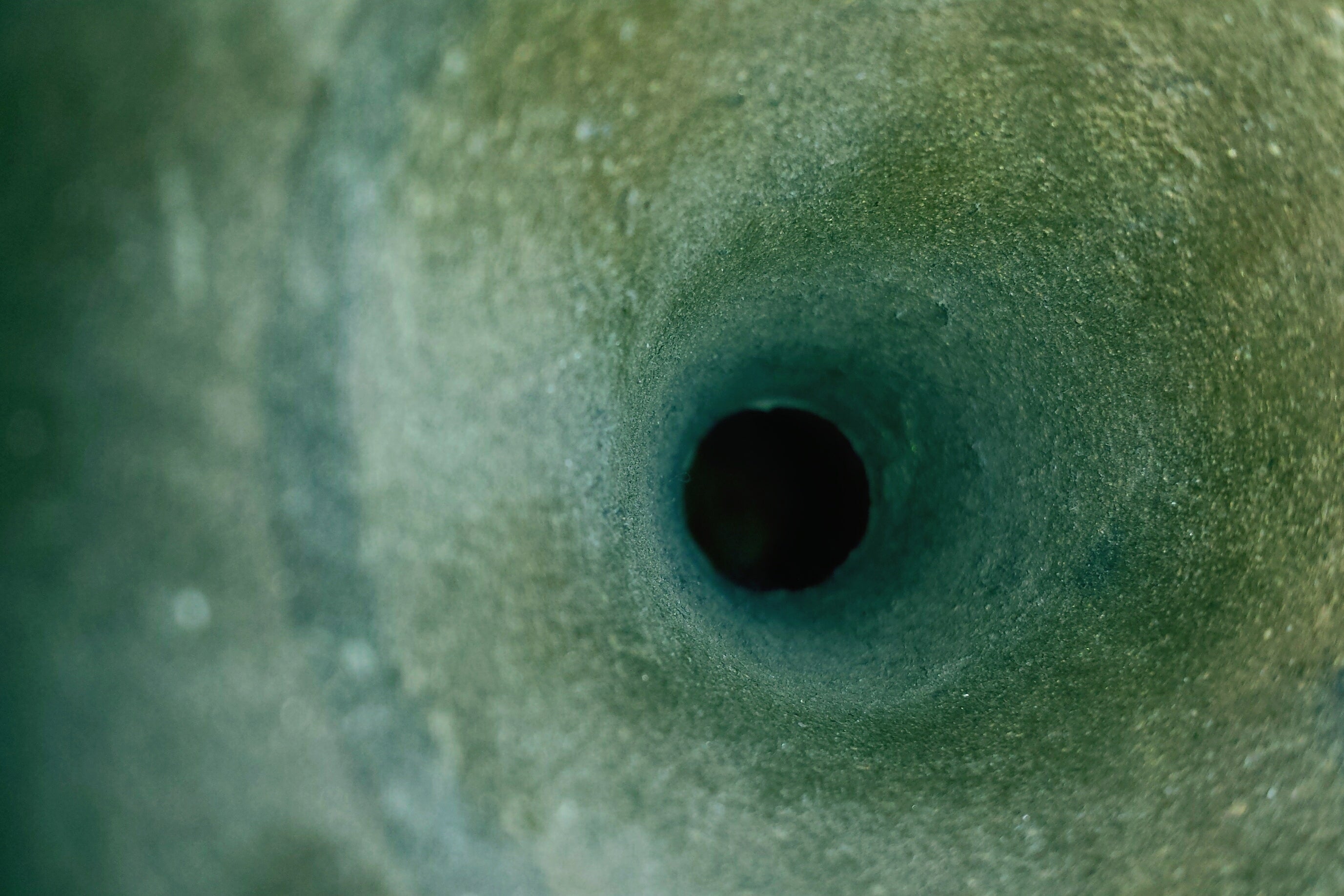
In the popular imagination, black holes are voracious monstrosities gulping down anything in their vicinity. That is why there are occasional worries that physicists might accidentally or intentionally create one, perhaps inside a particle accelerator such as the Large Hadron Collider (LHC) at CERN near Geneva. Would such a dark behemoth swallow up Earth itself? Not quite. No one has ever created a black hole on our planet before. But even if someone did, it likely wouldn’t pose a huge threat.
Real-world black holes are only scary in the sense that if you get too close to one, you won’t be able to escape. But even if someone generated a black hole in a laboratory on Earth, the limits of human technology would prevent us from whipping up anything particularly dangerous. “It would likely be so low-mass that its gravitational influence would be relatively small,” says Eliot Quataert, a theoretical astrophysicist at Princeton University. “It wouldn’t actually gobble up that much matter.”
In fact, the possibility of creating a black hole in a lab is a goal that scientists are actively pursuing—one that could allow researchers to answer many fundamental questions about quantum mechanics and the nature of gravity.
A black hole typically forms when a star much more massive than our sun dies. While the outer layers of such a star explode outward in a spectacular supernova, its core crumples inward, pressing down toward its central point with so much power that no known force in the universe can stop it. This results in a subatomic spot of unimaginable mass and density whose gravity is so strong that even something traveling at the speed of light couldn’t move fast enough to escape its clutches. These kinds of black holes are common throughout the universe.
Of course, as long as something doesn’t get too near a black hole, it’s safe. Only within a spherical boundary surrounding the black hole known as the event horizon would a person or object get pulled inexorably inward. Enormous black holes have a big event horizon—with a diameter of millions of kilometers—whereas smaller ones have more minute event horizons, extending just tens of kilometers across. If you could make a black hole in a lab that weighed only half a kilogram, it would have an event horizon one trillion times smaller than a proton.
Fears about the LHC creating a black hole originated with the fact that in Einstein’s special theory of relativity, mass (m) and energy (E) are interchangeable—hence the famous equation E = mc2, where “c” is the speed of light. Because a supercollider slams together protons at unbelievable velocities (nearing the speed of light) and energies, all sorts of strange and exotic particles can pop out, potentially including a black hole. But creating a black hole with even a microscopic event horizon would require billions of times more energy than the LHC is able to produce. And even if it could produce such a black hole, that object would quickly lose energy and dissipate in the blink of an eye.
Before the facility turned on in 2008, some researchers had postulated that, if the fabric of spacetime had extra dimensions such as those hypothesized under string theory—a possible way to combine quantum physics and gravity into a single theory—a black hole could appear. That’s because in our four-dimensional universe (with three dimensions of space and one of time), gravity is too weak to pound matter into a black hole. If other dimensions exist, however, gravity may not be the weakling it seems to us, because some of its force could be leaking into these other strange dimensions. In such a universe, a black hole appearing inside an atom smasher becomes much more feasible, potentially revealing insights into the very nature of gravity. This discovery would have been “among the most weird and surprising physics you could see in the LHC,” says Juan Maldacena, a theoretical physicist at the Institute for Advanced Study in Princeton, N.J.
The idea was picked up by the media, producing a large splash. A German chemist even filed a lawsuit against CERN in the European Court of Human Rights. A special committee of physicists had already started looking into the matter in 2003, concluding that because particles from space crash into the atmosphere with energies far greater than those at the supercollider without producing black holes, the possibility appeared to be remote. The committee’s report was reviewed and reissued in 2008 with more information to calm public fears.
To date, no black holes have been seen at the LHC. Confirming the predictions of string theory “would have been nice,” Maldacena says, “but it’s not what happened.”
More recently, a team announced that it had formed a simulation of a baby wormhole—a type of bridge through reality created from two black holes—using a quantum computer. Though the result was covered widely in the press, it wasn’t exactly the breakthrough that many imagined.
“What has been created is more like some weird quantum mechanical property of matter that has mathematical properties related to wormholes,” Quataert says. “It’s more of a conceptual connection than a literal connection.”
Nevertheless, the research is promising, Maldacena says, and more powerful quantum computers in the future could someday generate objects that simulate black holes using Albert Einstein’s equations, allowing physicists to study their behavior in detail.
If he had an actual black hole in his lab, Quataert would be very interested to know more about the bright beacons of light called accretion disks that these objects produce when ripping nearby material to shreds. “I would throw matter at the black hole to create a little accretion disk and watch the gas spiral and produce lots of light,” he says. “It would be great to understand in a controlled setting how those accretion disks actually work.”
